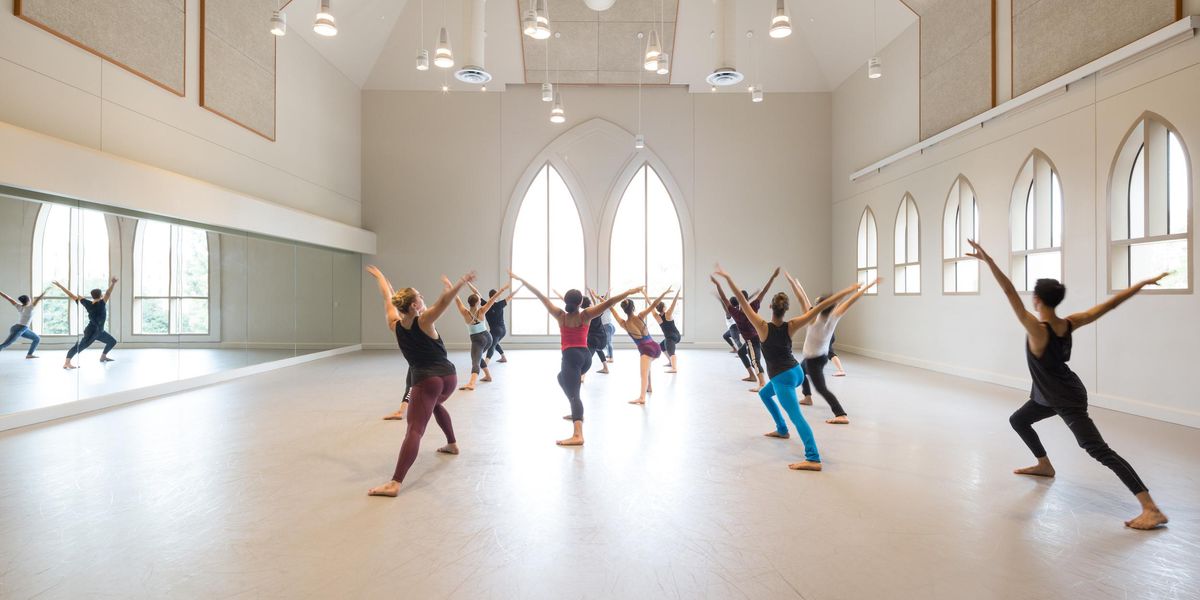The Science of Spotting
Ballet dancers know that spotting is the secret to avoiding dizziness during a string of piqué turns or a coda of fouettés. And now, a team of neurologists at London’s Imperial College recently investigated this dancer-friendly tool. They hope that dance therapy, specifically classes that include turning, could become a viable treatment for patients with chronic dizziness. Dr. Barry Seemungal, who led the research, believes that through their constant training, dancers’ brains learn to suppress signals from the balance organs in their inner ears.
To break down the science of spotting, the team compared dizziness in female dancers and nondancers by spinning participants in a mechanical chair in a dark room. They were asked to pull a lever whenever they felt dizzy, and electrodes kept tabs on their eye movement—a key player in spotting. Additional brain scans proved that when nondancers became dizzy, they had stronger white matter in their cerebral cortex than the dancers, proving that spotting actually reshapes dancers’ brains and their sensory perceptions. Also, Seemungal found that the area of the cerebellum that processes sensory input from the inner ear was significantly smaller in dancers than nondancers. That’s solid proof that dance has the power to change your brain!
Check out the full video report of the research here. And if you’re feeling the need to sharpen up your spot, check out our pointers.




